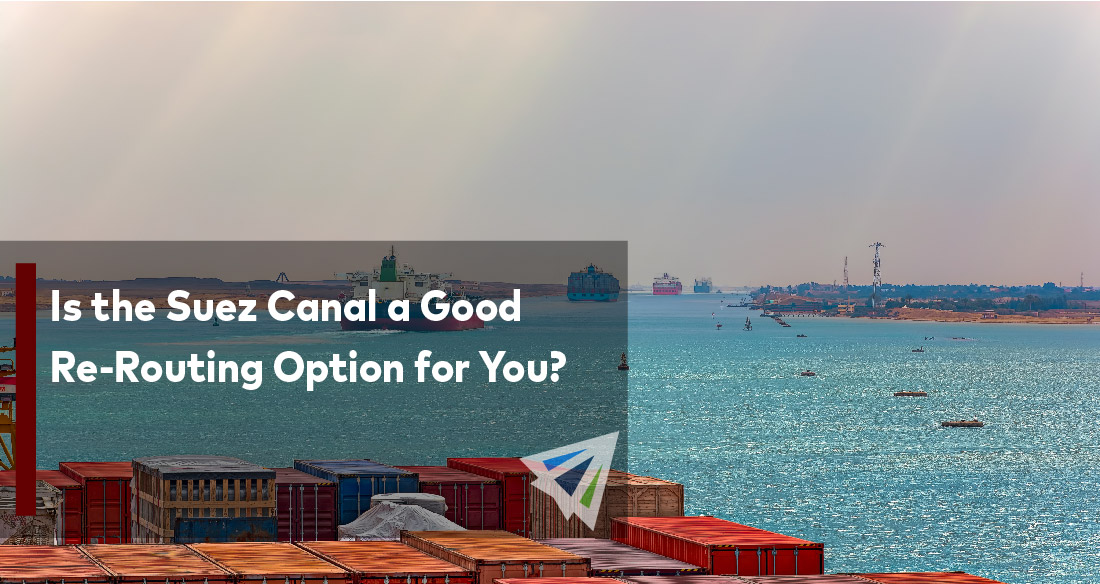Global trade channels are experiencing a dramatic change in dynamics, with Southeast Asia displacing China as the new manufacturing superpower. Significant ramifications stem from this shift for ports, supply chains, and international shipping. Particularly in the way that ports on both U.S. coasts have responded to this change as environmental regulations, growing climate threats, and the emergence of supercarriers complicate the changing environment. There will inevitably be winners and losers as this upheaval plays out.
Because China is the largest manufacturer in Asia, U.S. West Coast (USWC) ports have historically dominated U.S. trade. Yet in 2006, a significant shift started as U.S. East Coast (USEC) ports gained traction due to the Panama Canal’s enlargement to handle larger ships. Seventy-five percent of all USWC container traffic is centered around the ports of Los Angeles and Long Beach and Canada’s Vancouver.
A tipping point was reached last year when USEC ports surpassed USWC, obtaining 46 percent of freight as opposed to 45 percent. This pattern is likely to continue.
The Suez Canal-Atlantic route is currently a quicker and more direct route from Southeast Asia, particularly from India, a rising trade partner with the U.S. The Suez Canal is unique in that it can accommodate enormous 24,000 twenty-foot-equivalent units (TEU) supercarriers, which are built for economies of scale and cost effectiveness. The Suez Canal has not been impacted by climate change, in contrast to the Panama Canal.
Panama Canal Issues
On the other hand, the Panama Canal is experiencing the worst drought in 73 years. This is explained by scientists as El Niño, a weather phenomenon, being exacerbated by human-caused climate change. The canal’s fragility is highlighted by the ensuing 20 percent draft restriction on vessels, decreased daily crossings, and continuous delays. The Panama Canal Authority wants to keep the maximum draft at 44 feet until 2024. By February of that same year, they want to further cut daily crossings to as low as 18. Shippers in a desperate situation are competing fiercely for restricted crossing dates, and their record-breaking offers are a clear indication of the urgency and associated costs.
The issues posed by climate change for the Panama Canal benefit the Suez Canal, but worries about regional tensions and the possibility of future occurrences, such as the Ever Given blockade continue. Although they currently have an advantage, USEC ports nonetheless encounter difficulties. The container business is expected to reach overcapacity, which will force shipping corporations to use larger vessels on longer journeys, with the Suez Canal being their preferred route. But unlike their USWC and European counterparts, none of the USEC ports can handle the new 24,000 TEU supercarriers.
U.S. Vamps Up Infrastructure
The USEC ports are being forced to invest in infrastructure modifications due to the growing size and capacity of container vessels. While the Port of Charleston finished an expansion of a similar nature last year, the Port of Savannah, Georgia, is deepening its canal to accommodate 22,000 TEU vessels. In response to the fierce competition for a piece of the Southeast Asia-Suez-Atlantic route, the Port of Norfolk, Virginia, proposes to dredge to 55 feet by 2024 to handle the largest supercarriers.
In addition, compared to their West Coast counterparts, USEC ports have experienced longer stretches of time without significant labor issues. However, during the next round of contract negotiations, this harmony can encounter difficulties.
A reoccurring subject is the reconfiguration of international commerce routes to the United States, with the Suez Canal and USEC ports currently enjoying a preference. However, the Gulf region’s unpredictability and the threat of climate change present pressing issues. Given the unimaginable ramifications of a non-functioning Panama Canal, the importance of addressing climate change becomes even more essential when officials gather in Dubai for COP28.
Should you have any questions regarding this and how it could impact your shipments, please reach out to our team today.
Additionally, we have our weekly market updates that can provide you with relevant freight news, updates, developments across the industry, and more.
